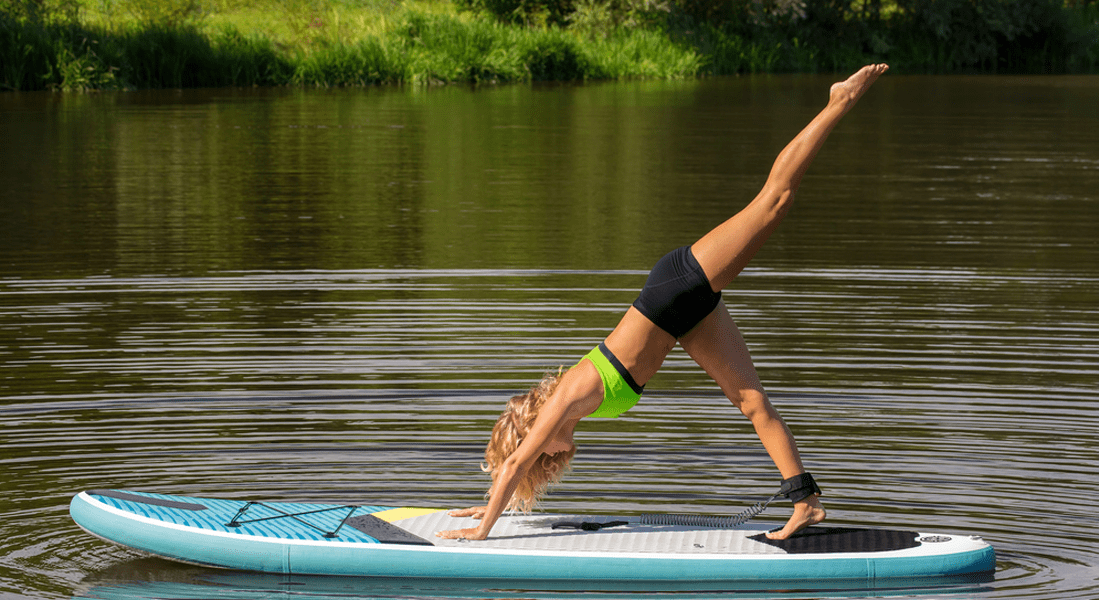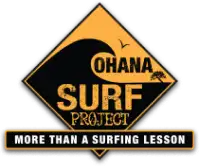
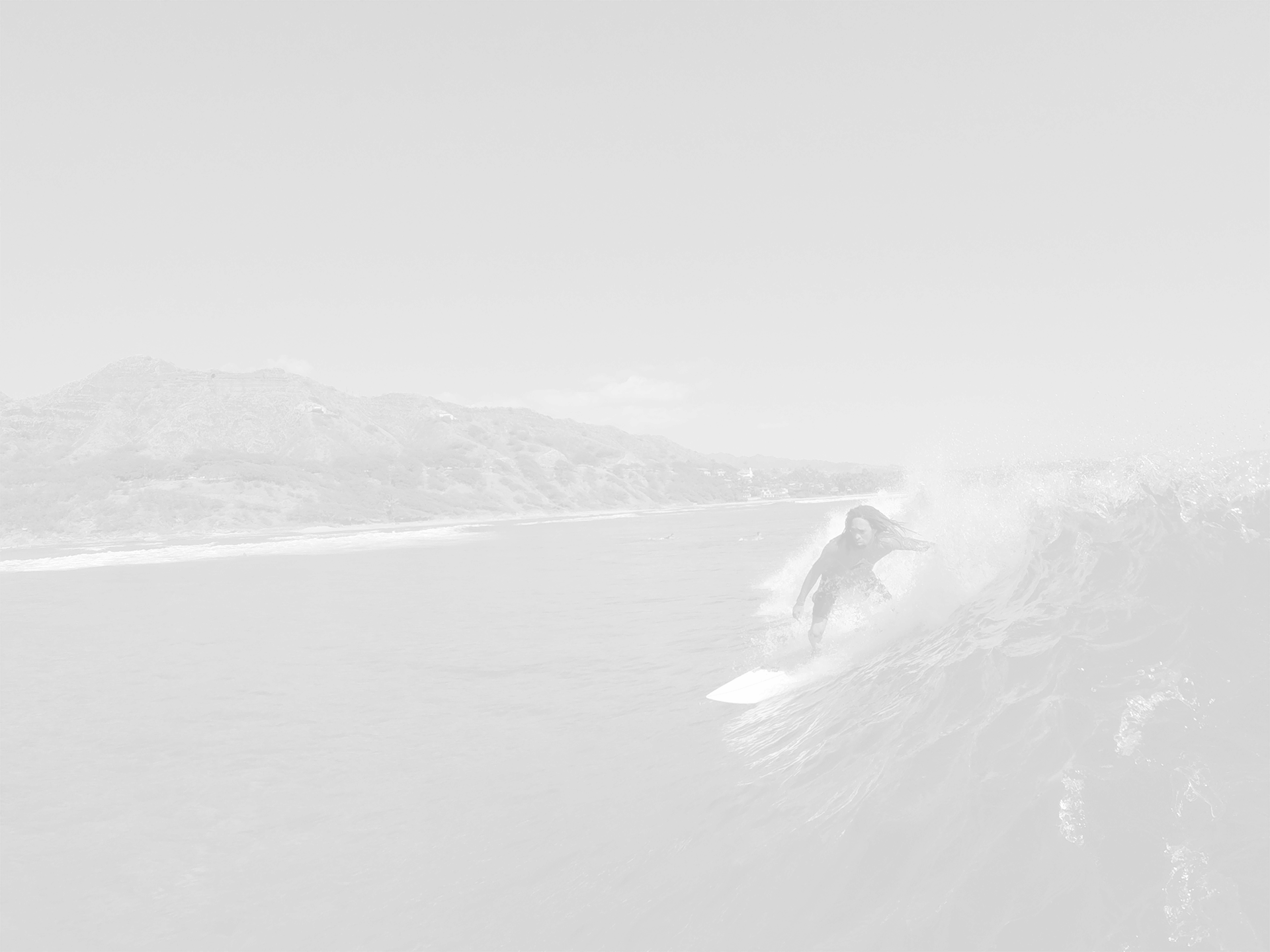
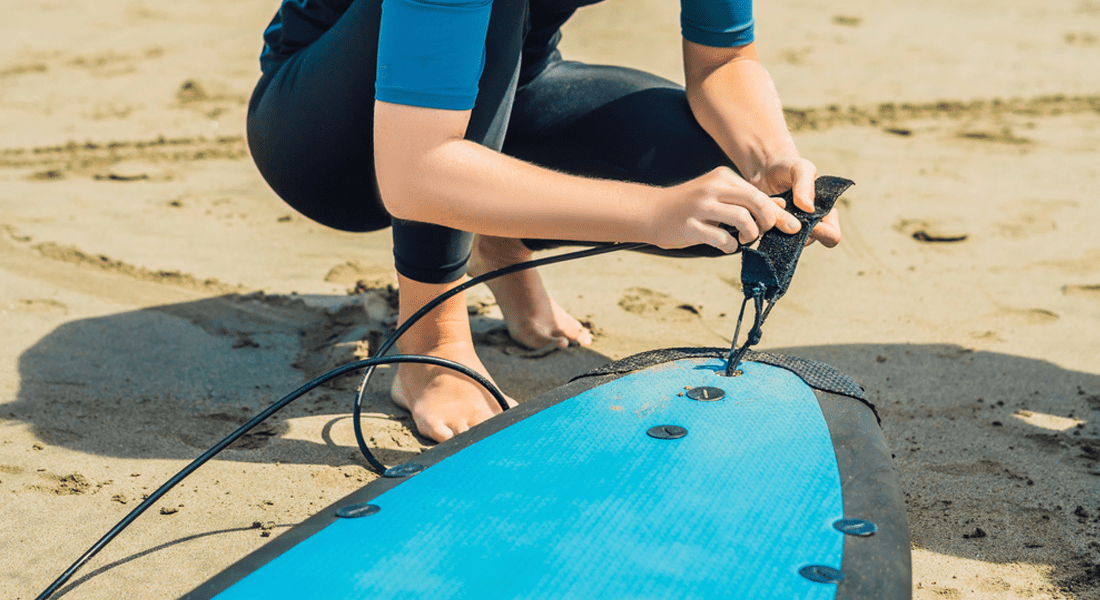

How To Attach A Surfboard Leash Correctly
Surfing offers unmatched joy, but risks increase when gear is not secured properly. One of the simplest ways to protect yourself and your board is by knowing how to attach a surfboard leash.
While the process may seem straightforward, mistakes can damage your board or lead to wipeouts where you lose contact with it. Taking the time to learn the proper steps makes each session safer and more enjoyable.
Why Your Leash Matters
Your leash isn’t just an accessory, it’s a lifeline. It keeps your board close when you fall, preventing long swims back to shore and reducing the chances of losing your board to the waves.
It also helps protect other surfers in crowded lineups by stopping your board from turning into a hazard. A secure connection between the leash and your surfboard makes sure that when the waves get powerful, you won’t be caught unprepared.
Understanding the Parts of a Surfboard Leash
Before attachment, it helps to know the components of a leash. The cuff is a padded strap that wraps around your ankle. The cord is the urethane section that tethers you to the board. Swivels at either end reduce tangling.
The rail saver is a wide piece of fabric connecting the cord to the board and protects the tail. Finally, the leash string connects the rail saver to the plug at the back of the board. Each part contributes to reliability and comfort during surfing.
Preparing the Leash String
Most leashes come with a string, but replacements are sometimes necessary. The string must withstand strong pulls from waves without fraying. Fold it in half to form a loop, then feed the loop through the leash plug on your board. The size of the loop is critical.
A loop that is too large can extend over the rails and damage the board under pressure, while a loop that is too small may not hold the leash securely. Balancing the loop size is key to a dependable setup.
Threading the String Through the Leash Plug
At the tail of your board, you’ll see a small recessed plug with a crossbar inside. The folded string needs to pass through this bar so the loop hangs free above the plug. Sometimes the plug is tight, especially on new boards.
If that’s the case, flatten the end of the string between your fingers or use a piece of fishing line to guide it through. Once it’s through, pull the loose ends of the string through the loop you made earlier and tighten it down. The result should be a firm knot with a small loop sticking out of the plug.
Learn More About Us

Connecting the Leash to the String
Now it’s time to attach the leash itself. Slide the rail saver strap through the loop of the string. Fold the Velcro strap back over and secure it so the knot from your string is hidden inside the rail saver. This not only keeps everything neat but also prevents the string from rubbing against your board.
The goal is to make sure the rail saver, not the string, touches your surfboard. That wide piece of fabric is designed to absorb pressure and protect your board’s rails during wipeouts.
Securing the Strap Around Your Ankle
With the board end completed, it’s time to set up your ankle connection. The cuff should wrap snugly around your back ankle, the one that trails when you surf. Right-footed surfers usually strap it to their right ankle, while goofy-footed surfers use the left.
Position the cuff above your ankle bone so it doesn’t slip off. It should feel secure but not uncomfortably tight. Double-check that the Velcro is pressed down fully, as loose straps can cause the leash to peel open in the water.
Avoiding Common Mistakes
Many beginners run into problems by rushing the setup. One common mistake is leaving the string too long so it dangles across the rails of the board. This can cut grooves into the surface when pressure is applied.
Another mistake is tying weak knots or failing to replace frayed strings. These can snap unexpectedly in big surf.
Finally, surfers sometimes attach the leash to the front ankle instead of the back, which makes it easier to trip over during takeoffs. Paying attention to these small details makes a big difference in performance and safety.
Caring for Your Leash
Even the strongest leash won’t last forever. After every session, rinse it with fresh water to wash away salt, sand, and grime. Avoid leaving it stretched across your board or wrapped too tightly in storage, as this can create permanent kinks.
Store it in a cool, shaded place where the cord won’t degrade in the sun. Inspect the string, Velcro, and swivels regularly, especially before heading out into heavier waves. Replacing worn parts is far less costly than losing your board in big surf.
Why Correct Attachment Improves Performance
It might seem like attaching a leash only prevents losing your board, but it also influences your surfing technique. A leash that’s incorrectly tied can create drag in the water, affecting your speed. A poorly positioned cuff can cause tangles around your legs when you pop up.
By attaching your leash correctly and keeping it well-maintained, you reduce distractions and give yourself more freedom to focus on reading waves and improving your skills.
Learning Proper Habits Early
For beginners, developing the habit of attaching a leash correctly is as important as learning to paddle or pop up. Practicing the proper method from the start helps prevent accidents, protects your equipment, and creates safer conditions for everyone in the lineup.
Over time, the process becomes automatic, much like waxing your board or checking surf conditions before a session. Small details like leash attachment often separate prepared surfers from those who face avoidable problems in the water.
Attaching a surfboard leash may seem simple, but doing it correctly is essential. From threading the string to positioning the cuff, each step affects both safety and performance. Taking a few extra moments to check your setup can lead to longer, safer, and more enjoyable sessions.
Surf Lessons and Gear Rentals for Every Surfer
Ohana Surf Project believes that surfing is about building skills while staying safe. Our team teaches students not just how to ride waves but also how to care for their gear and develop good habits in the ocean.
Learning the proper way to attach a leash, along with other essential surf equipment practices, creates a strong foundation for growth. Surfers can take advantage of our surf lessons and equipment rentals, making it easy to get started with the right setup.
If you’re ready to experience surfing with guidance that balances fun, safety, and technique, join us out on the waves. We would love to ride alongside you.
Contact us today for more information.
OTHER OSP BLOGS

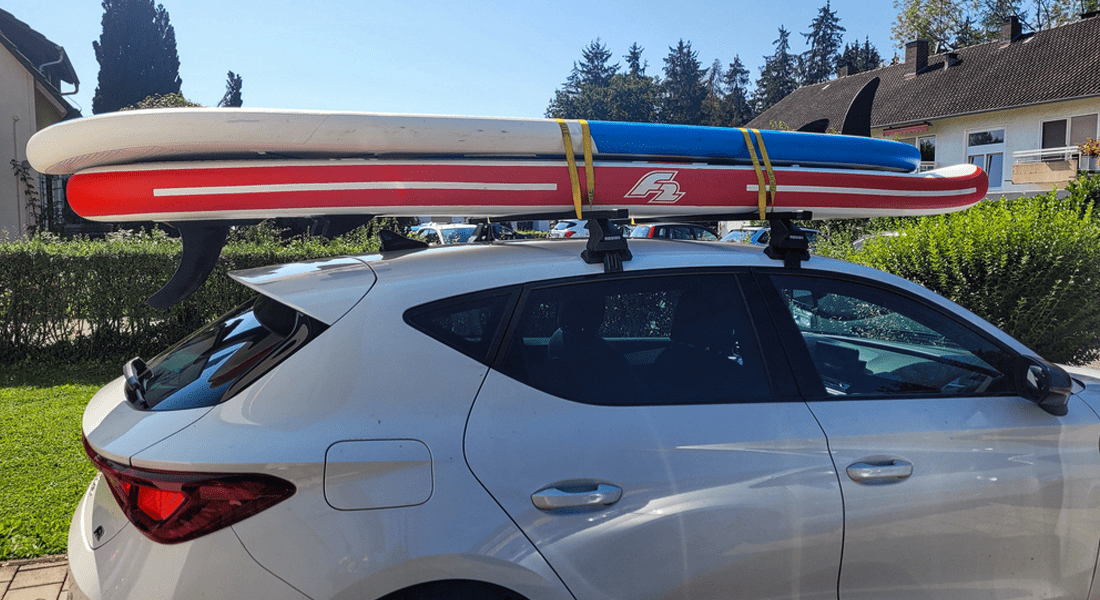
How To Transport Your Rental SUP Board
When you rent a SUP board for a Waikiki adventure, knowing how to transport a SUP board keeps your day smooth from the start. You probably feel excited to reach[...]